Is my cold water too cold?
Pawprint
15 years ago
Related Stories

GARDENING GUIDES10 Cold- and Heat-Tolerant Perennials and Shrubs for the Arid West
These flowering native plants shrug off the cold of winter and heat of summer while adding beauty to the drought-tolerant landscape
Full Story
GARDENING GUIDES10 Cold-Hardy Succulents for Cool-Season Interest
These attractive plants shrug off colder temperatures, and many can be brought inside in containers in extra-chilly climates
Full Story
ARCHITECTURE15 Smart Design Choices for Cold Climates
Keep your home safe and comfortable in winter by choosing the right home features and systems
Full Story
LIFEHouzz Call: How Are You Handling the Record-Breaking Cold?
Share your tales, strategies and photos for everything polar vortex
Full Story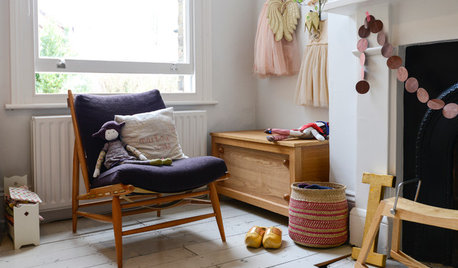
FEEL-GOOD HOMESimple Pleasures: Get Cozy on a Cold Day
Some things are best when the weather is bad. Heat up some cocoa and join the discussion
Full Story
WINTER GARDENINGExtend Your Growing Season With a Cold Frame in the Garden
If the sun's shining, it might be time to sow seeds under glass to transplant or harvest
Full Story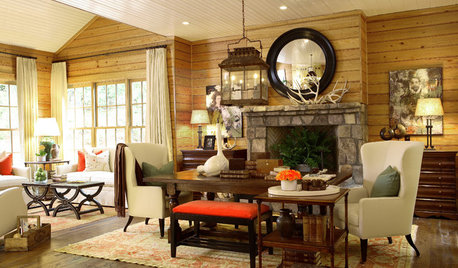
DECORATING GUIDESRooms We Love: A Mountain Retreat Made for Cold Winter Nights
Ample linen and Ushak carpets put a contemporary twist on cozy Appalachian style in a North Carolina show house
Full Story
DECORATING GUIDESCold-Weather Sports Gear Heats Up Interiors
Skis, snowshoes and other wintertime sports equipment pieces are sliding off the slopes and into the home
Full Story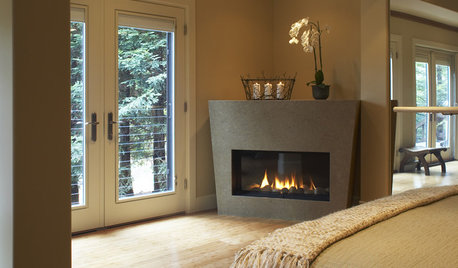
REMODELING GUIDESFall Fixes: Get Your Fireplace Cold-Weather Ready
Here's the low-down on what to check before lighting the hearth for the holiday season
Full Story
GREENHOUSESGreenhouses Bring Gardens in From the Cold
Get a jump start on summer plantings even if spring chills linger with a greenhouse or cold frames in your backyard
Full Story





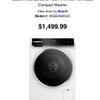
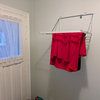

dadoes
regus_patoff
Related Professionals
Soledad Kitchen & Bathroom Designers · Forest Hill Kitchen & Bathroom Remodelers · Clovis Kitchen & Bathroom Remodelers · Crestline Kitchen & Bathroom Remodelers · Glen Allen Kitchen & Bathroom Remodelers · Glen Carbon Kitchen & Bathroom Remodelers · Salinas Kitchen & Bathroom Remodelers · Vermillion Cabinets & Cabinetry · Warr Acres Cabinets & Cabinetry · Franklin Custom Closet Designers · Englewood Flooring Contractors · Garfield Heights Flooring Contractors · Hazleton Flooring Contractors · Lansdale Flooring Contractors · Smyrna Flooring Contractorsasolo
asolo
jerrod6
PawprintOriginal Author
cynic
asolo
jerrod6
User
regus_patoff
asolo
dadoes
regus_patoff
asolo
jerrod6
asolo
looser
PawprintOriginal Author
asolo
heimert
asolo
jerrod6
asolo
jerrod6